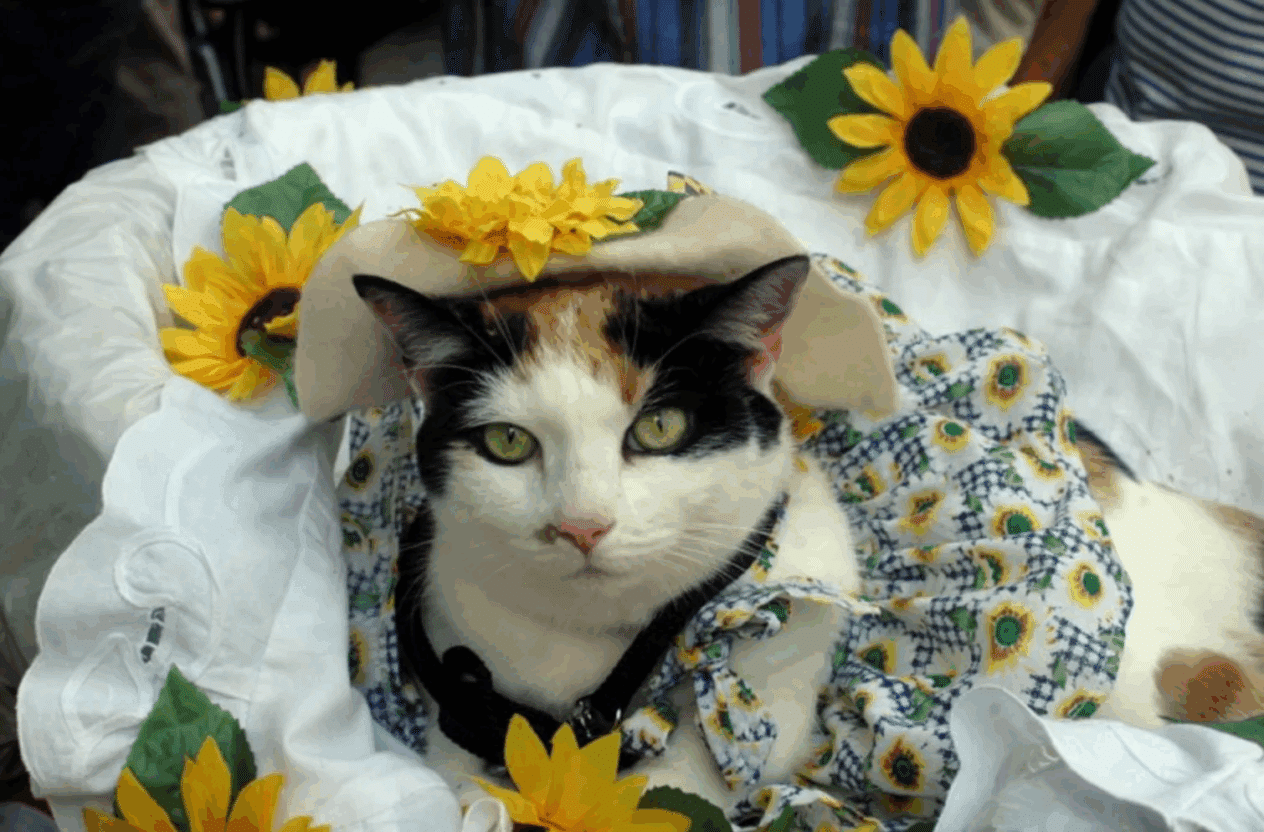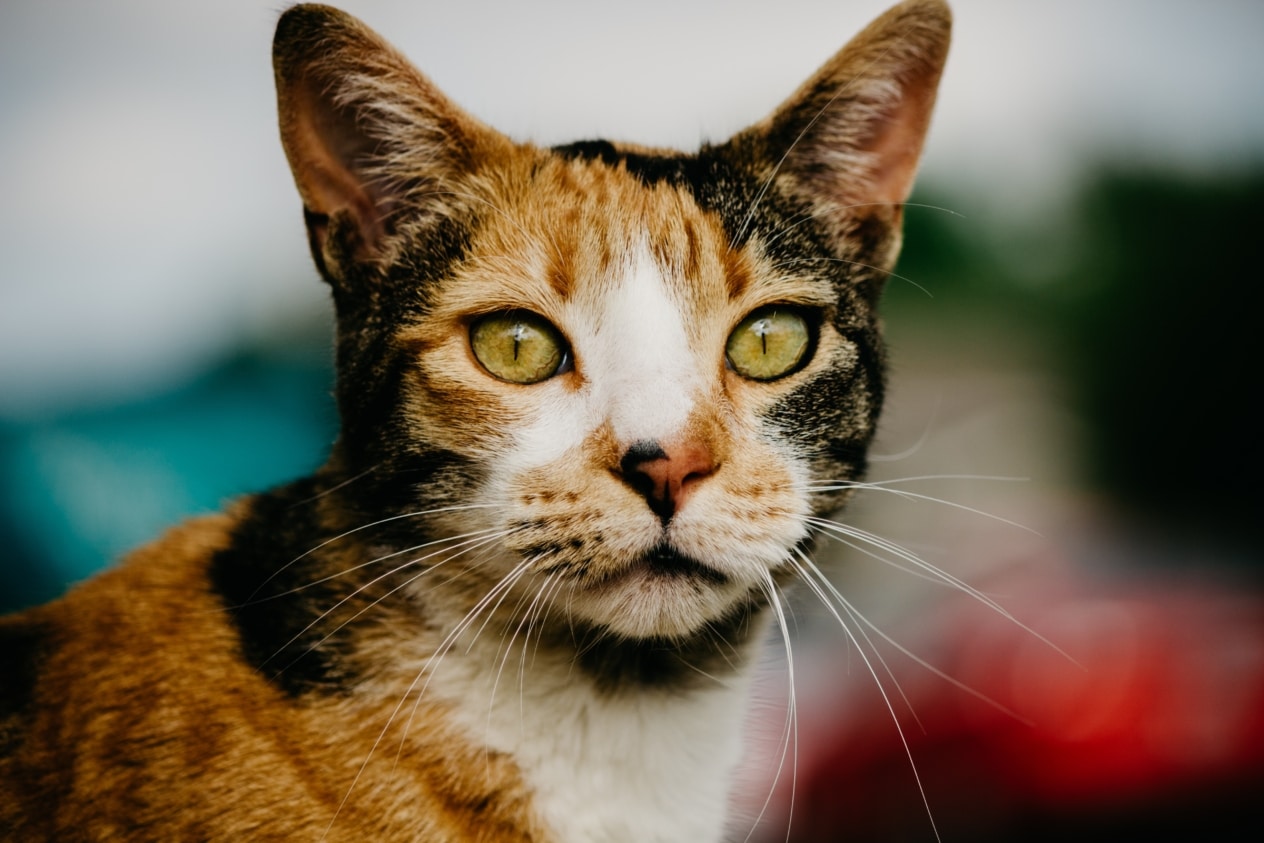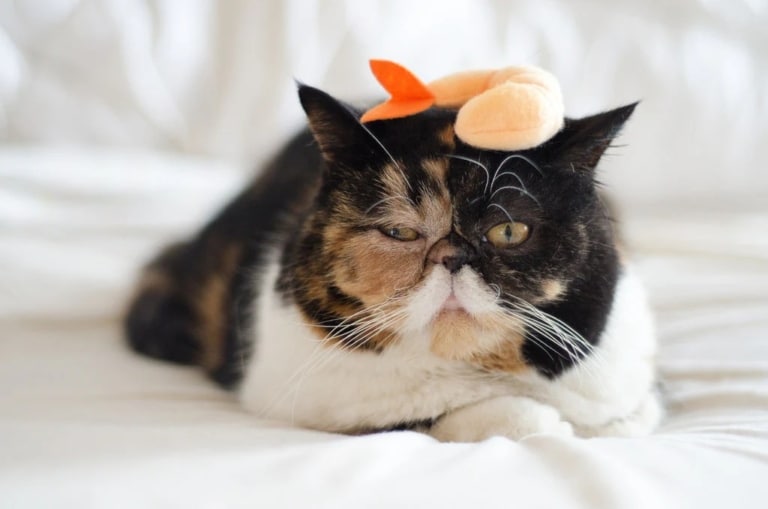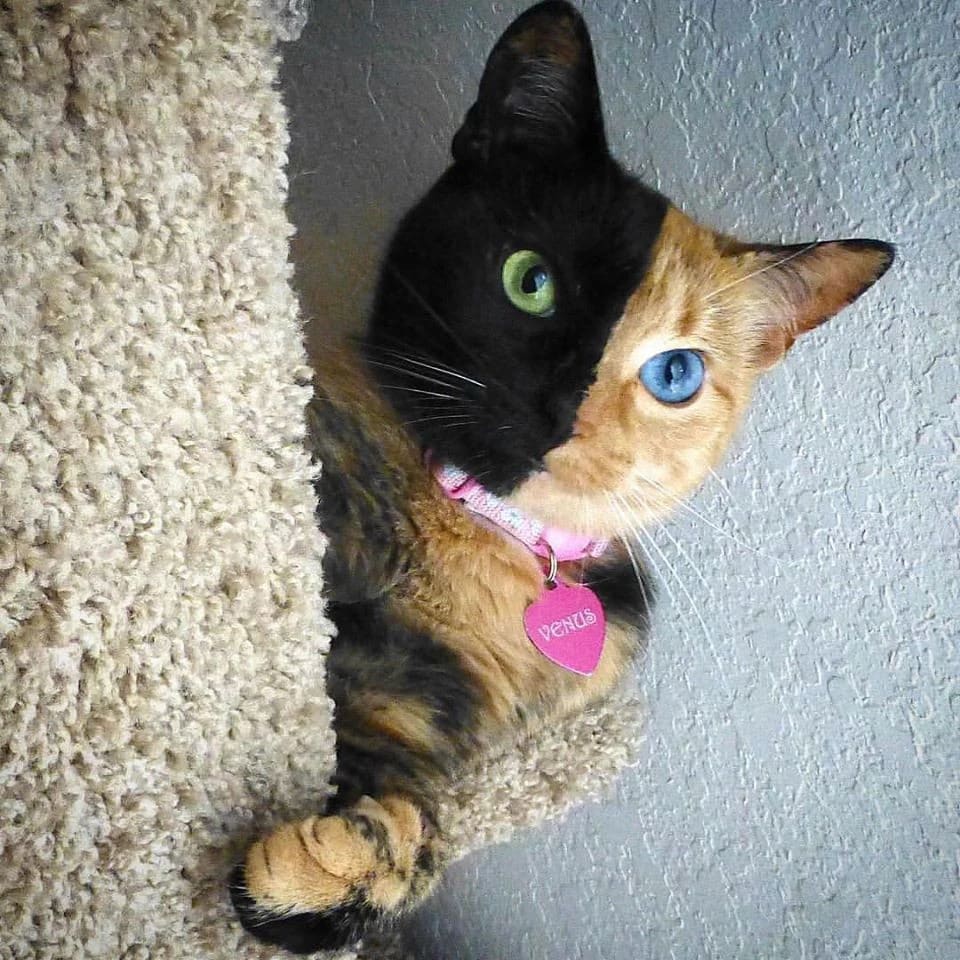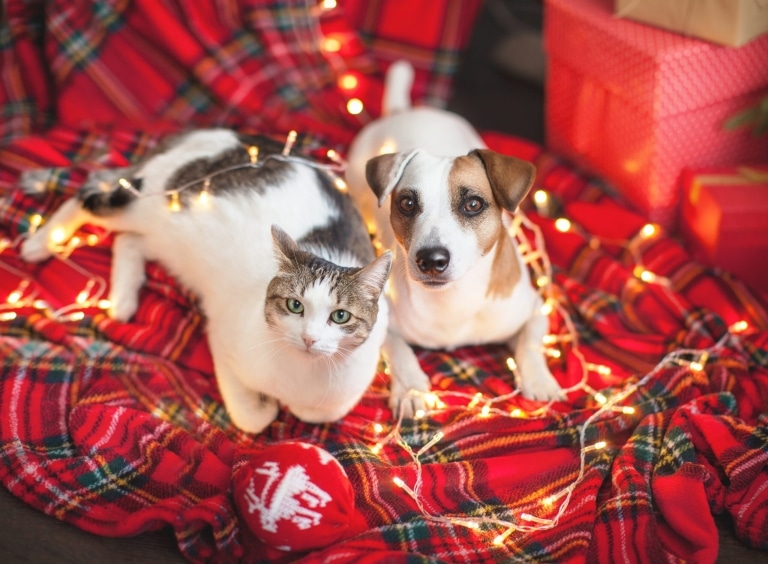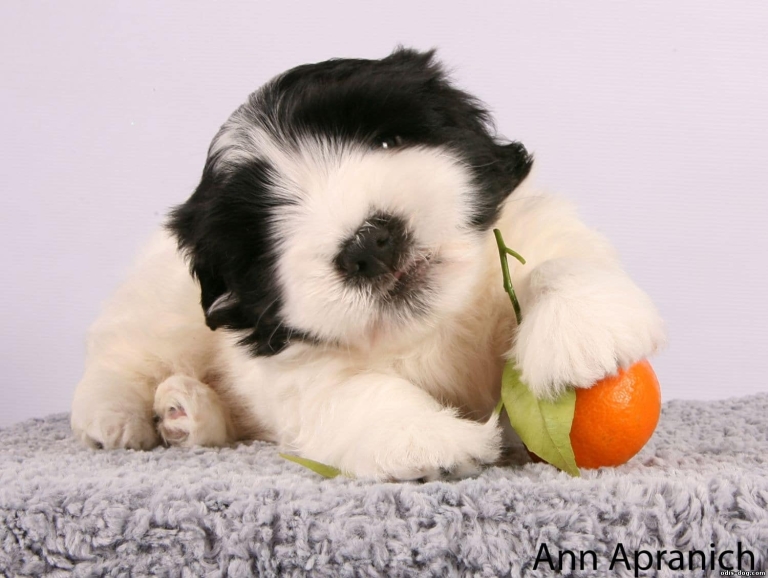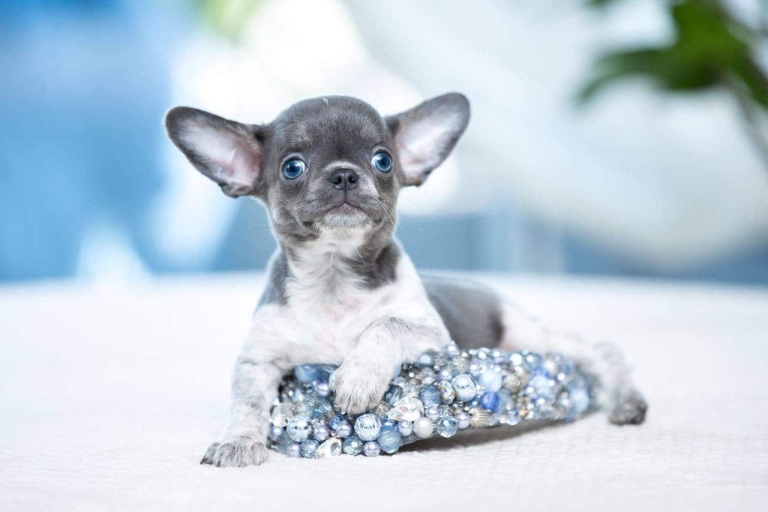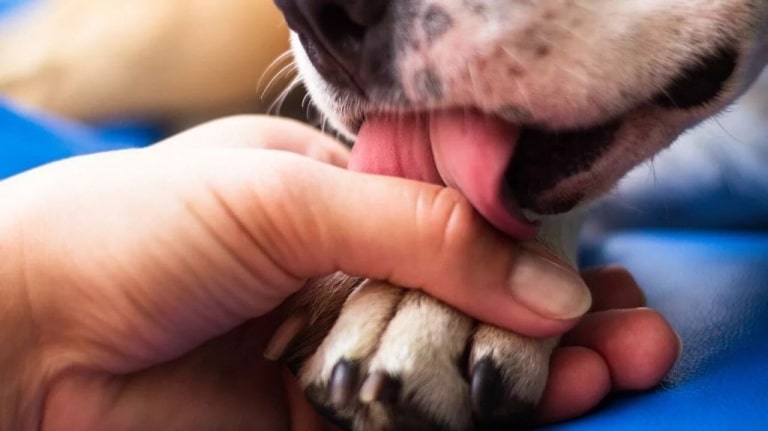What is the Calico color and why it is so special
Calico is one of the brightest, most noticeable and romantic colors in the cat world. It is tri-colored, where three main shades are combined: white, black (or gray) and ginger (sometimes cream). Many people think it is a breed of cat, but it is important to understand: the Calico is not a breed, but a type of coat color that can appear in a wide variety of cats, regardless of their pedigree.
The main genetic feature of this color is its dependence on the X chromosome. The genes responsible for black and red colors are located on this chromosome. And since cats have two X-chromosomes (XX), one animal can simultaneously show both black and red spots – in combination with white, which is coded separately. Males, on the other hand, have an XY set, so simultaneous coloration in both colors is almost impossible.
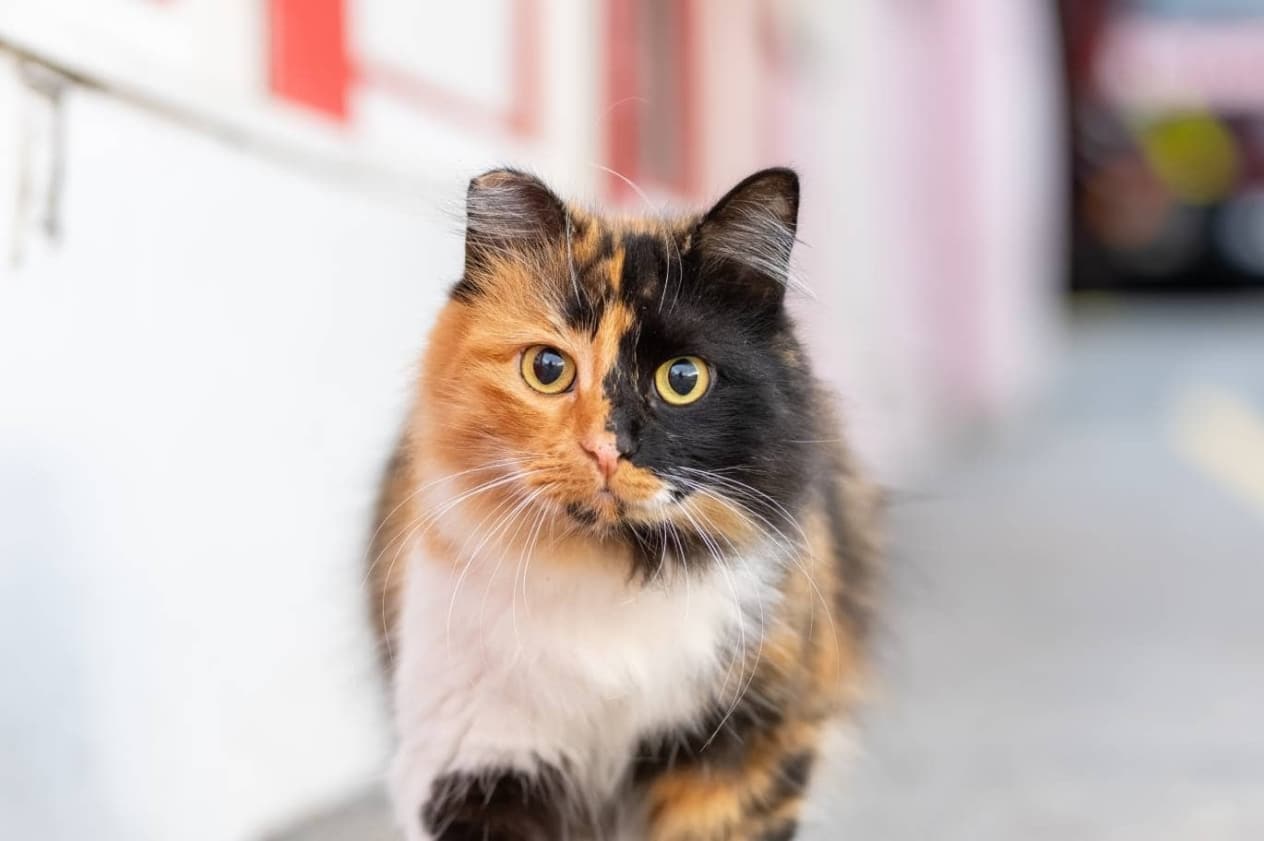
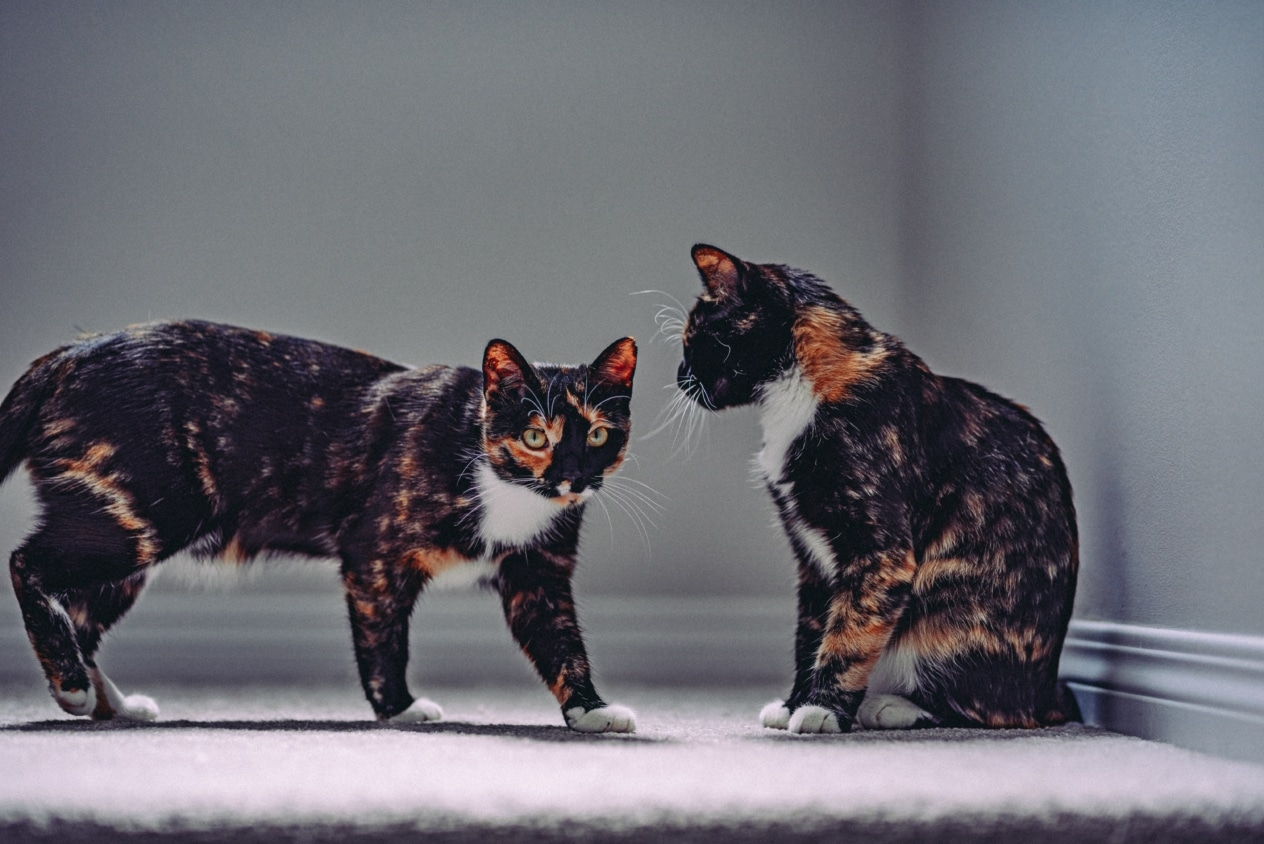
Hence another unique fact: over 99% of calico cats are female, and calico cats are extremely rare. Calico males usually have a genetic abnormality (XXY) and are almost always infertile.
Calico coloration comes in two basic types:
Classic Calico – clear patches of black, red, and white colors.
Dilute calico (dilute calico) – the same colors, but in softened tones: gray instead of black, cream instead of red.
Interestingly, the placement of spots in calico cats is never repeated. Each pattern is unique, like a picture drawn by chance. This is why calicos are considered one of the most aesthetically pleasing and “individual” cats – they have no doppelgangers.
These cats also have a rich symbolism in culture. In Japan, the tri-colored calico cat is considered a talisman of good luck, wealth, and security. It is in the image of the calico that the famous maneki-neko figures are most often made – a raised paw, an invitation for good luck. Sailors took such cats on ships to protect themselves from storms. In the United States, calico cats are sometimes called “money cats,” believing that they bring financial stability.
What breeds the calico is found in
Because calico coloring is not a breed trait, but just a unique combination of colored genes, it can show up in many different cat breeds. But that doesn’t mean it’s in every breed – in fact, some breed standards simply don’t allow for tri-color variations.
Here are the most common breeds that can have calico:
Domestic short-haired and long-haired calico cat – most often it is among the mongrel or “street cats” that you can see the most colorful representatives of the calico.
Maine Coon – among these giants tricolor colors look especially impressive, combining strength and tenderness.
Persian cat – their long luxurious wool in calico variant looks like a real baroque canvas.
Scottish lop-eared and straight-eared – in this breed calico is quite common and adds even more charm.
American Curl – with bent ears and tri-colored wool looks fantastically gentle.
Japanese Bobtail – a particularly revered breed in Japan, where the Calico is considered a standard and a guardian.
The Siberian cat is a natural, sturdy breed with some wonderful calico colors among them.
Ragdoll – though rarer, among Ragdolls there are sometimes light variations of the Calico with a delicate cream coloring.
Sphynx – yes, even among hairless cats there can be calicos! Though it looks a bit different – as pigmented areas of skin.
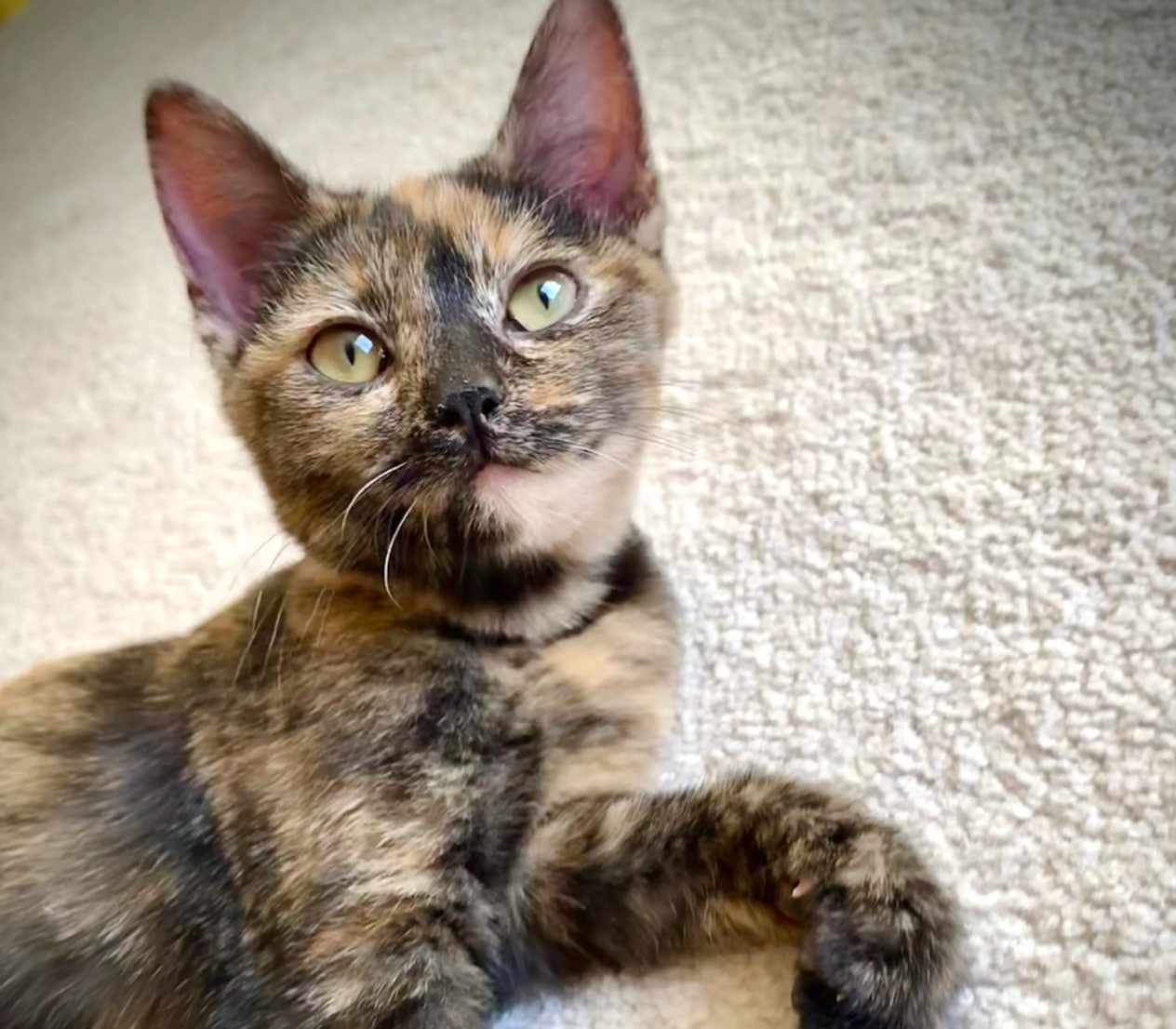
Calico can not be in breeds where only monochrome color is acceptable (for example, Abyssinian, Oriental or Burmese cat), or where the standards recognize a limited number of colors.
Interestingly, even within the same breed, a crippled kitten can be born in a litter with one- or two-colored brothers and sisters – genetics often plays by its own rules.
Conclusion
These cats carry a bit of wild beauty, personality, and charm. The Calico is a cat you don’t pick out from a catalog, but meet and fall in love with. Her coloring is a symbol of individuality, femininity, wisdom and good luck.
So if you are lucky enough to meet a Calico cat, you should know that you have a real talisman in front of you.
